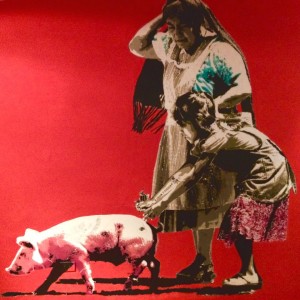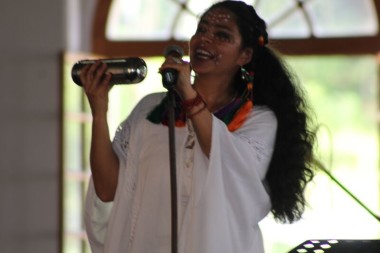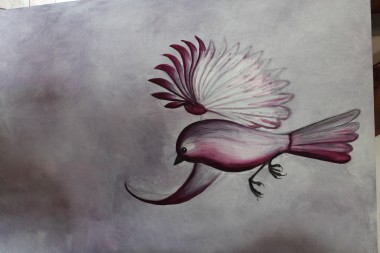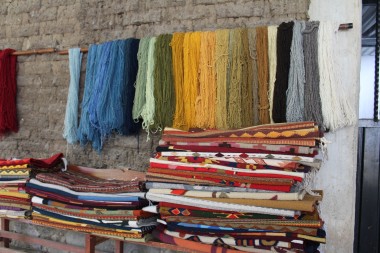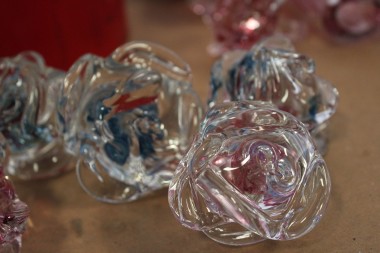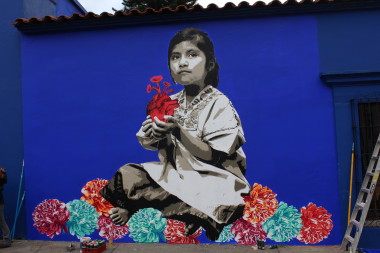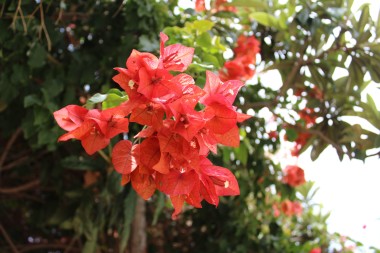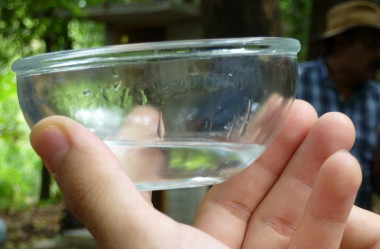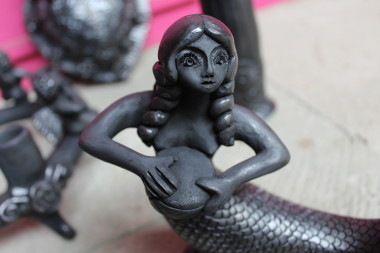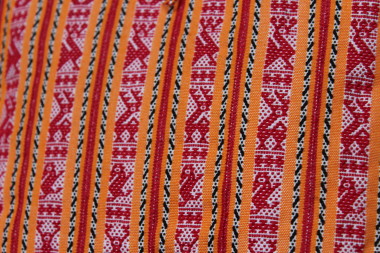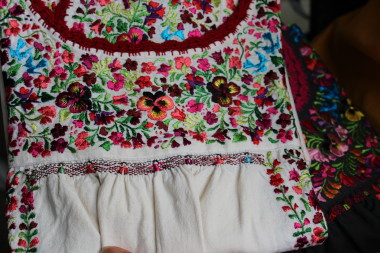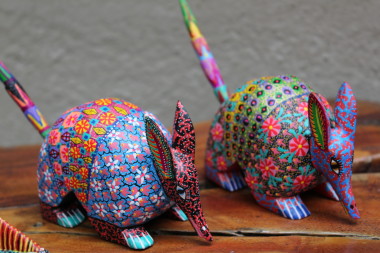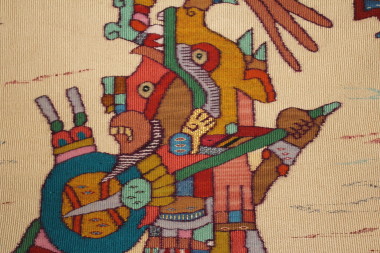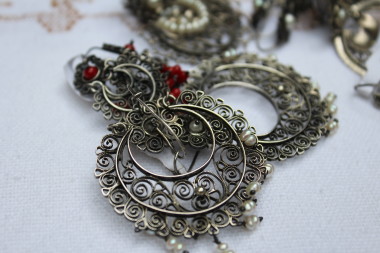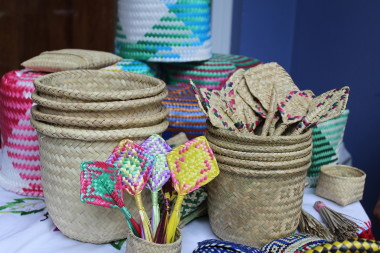The name of this urban art group, “Lapiztola,” explains their mission with a clever play on words: it combines lápiz, Spanish for “pencil,” and pistola, meaning “pistol,” to represent their commitment to using art as a creative weapon to spread political and social messages to the public. The three artists, Rosario, Roberto, and Yankel, use photography, digital media, and collage to create stencils for their murals and street art. Characteristic of their work are messages relevant to the contemporary social and political climate of Oaxaca – racism, disappearances, and violence are common themes. Here, Rosario answers a few questions about Lapiztola and its role in Oaxaca.
What does Lapiztola do as a group?
R: We are a collective of urban graphic artists, and our technique is to use stencils created from
photography and collage. We work digitally with the images and then create the stencils.
How did Lapiztola begin as a group?
R: It was created during the teachers’ social movement here in Oaxaca in 2006. Most of us have
relatives or friends who are teachers, so we drew upon our artistic skills to contribute to the
movement.
What is the meaning of the mural you are currently working on?
R: It is based on the phrase, “They wanted to bury us, but they didn’t know that we are seeds.” It
speaks to all that has happened in Mexico, the students who have disappeared, and the journalists
who have been killed for saying certain things. The girl in this piece represents hope, and the
flowering heart is meant to inspire the public not to lose hope or the ideals of the struggle.
Furthermore, the mural presents the issue of roots. The girl appears indigenous, and in Mexico
there is a lot of discrimination against the indigenous people, despite that practically all of us
have indigenous roots. Some people believe that indigenous people occupy a lower status in
society, but we want people to be proud of their roots and, ultimately, of their identity.
Does all of your art communicate a similar political or social message?
R: Yes. With the majority of our work, we are trying to convey a message, because if we can paint
in the streets, we can facilitate a dialogue with the people. The images relate to the people who
pass by them in the streets and create a consciousness about the issues that the paintings
illuminate. It is important to us that the images in our work communicate something.

